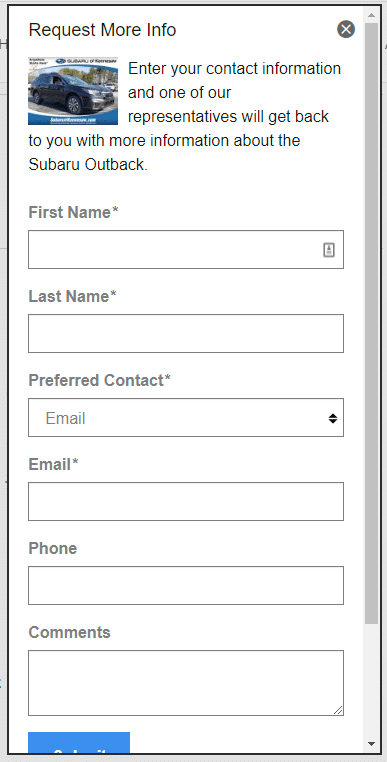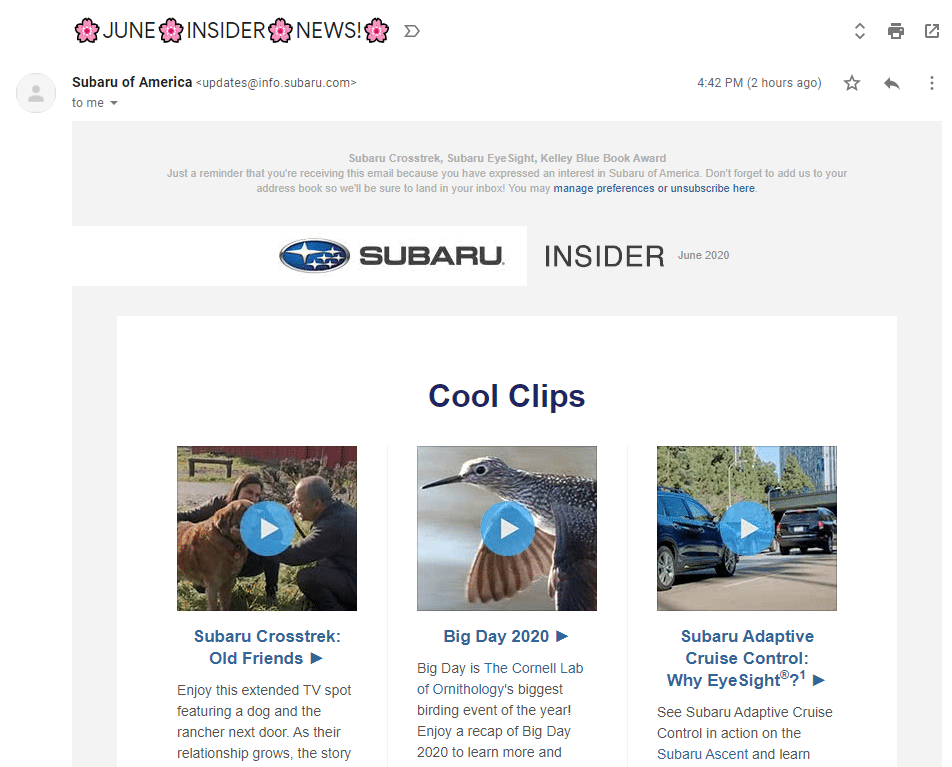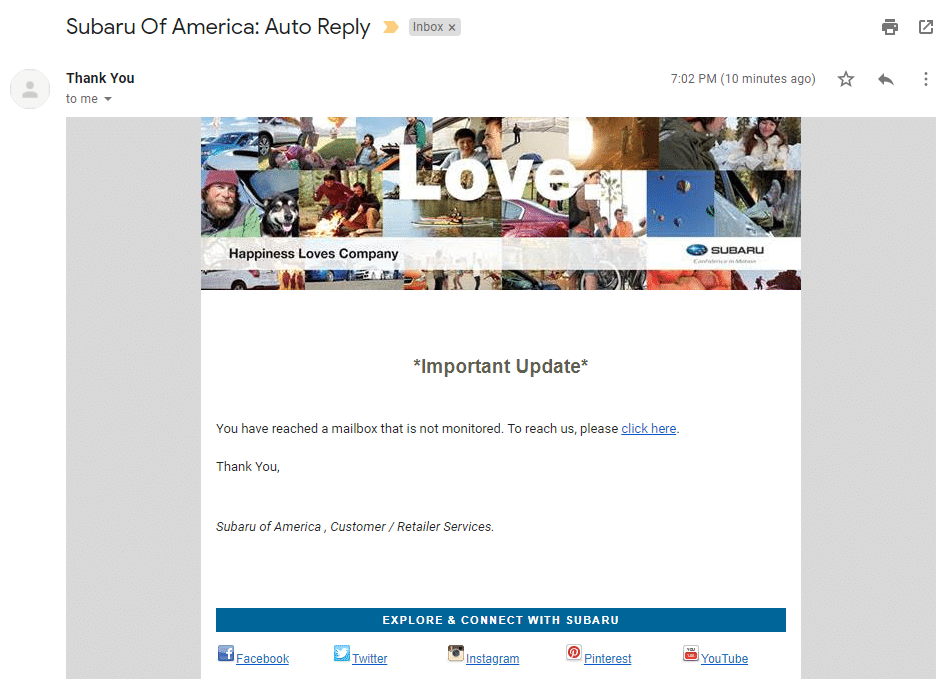In reading “Thinking, Fast and Slow” I came across a quote from Paul Rozin, who was introduced as “an expert on disgust” (what a title!).
Paul pointed out that “a single cockroach will completely wreck the appeal of a bowl of cherries, but a cherry will do nothing at all for a bowl of cockroaches.“
The same is true with your marketing. If all you put out is garbage and self-centered content, a “cherry” here or there isn’t going to help things.
Perhaps of bigger concern is that if you put out a lot of wonderful cherries and then mistaken drop a cockroach into the mix (such a a racial slur or indecent photo), the whole bowl of cherries can become worthless in an instant.
As a famous Japanese proverb says “The reputation of a thousand years may be undermined by the conduct of one hour” and we see that these days more than any other time.




